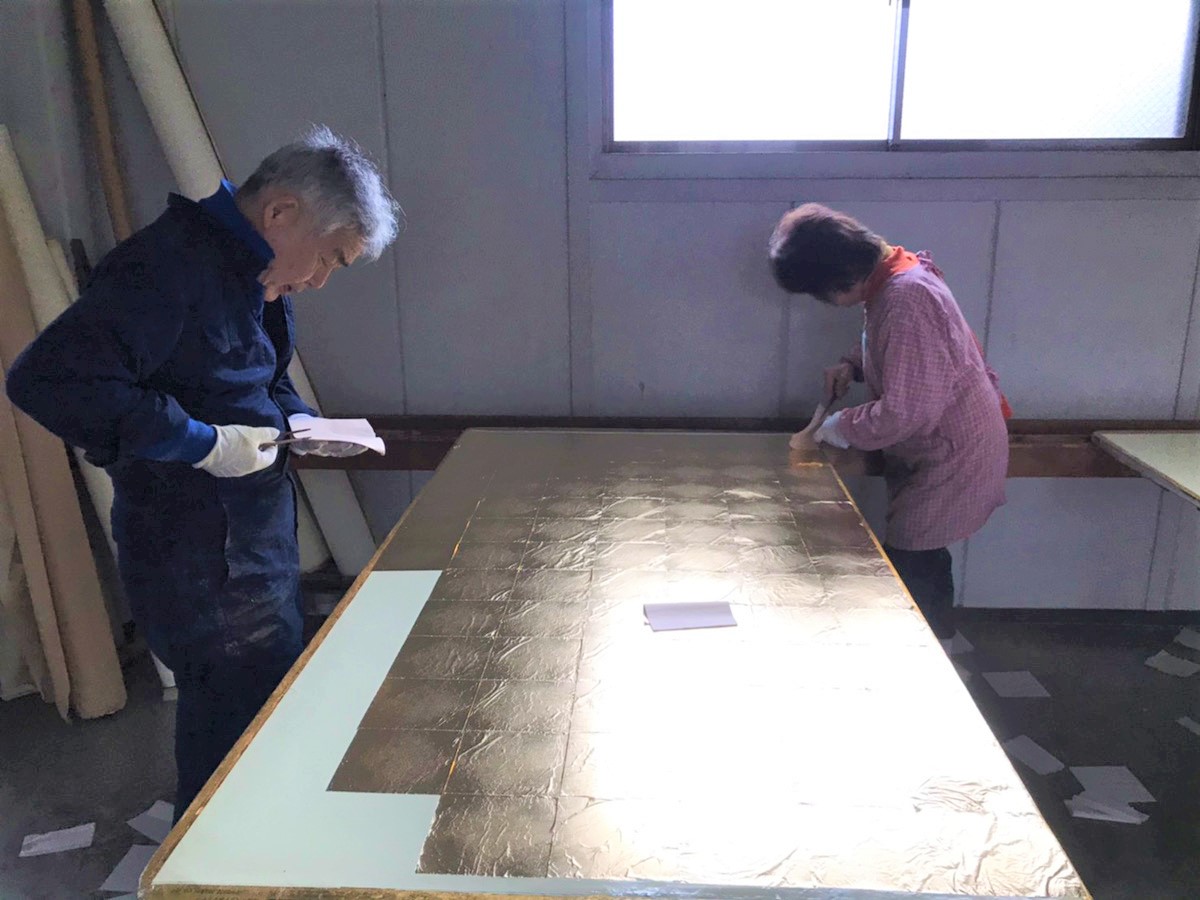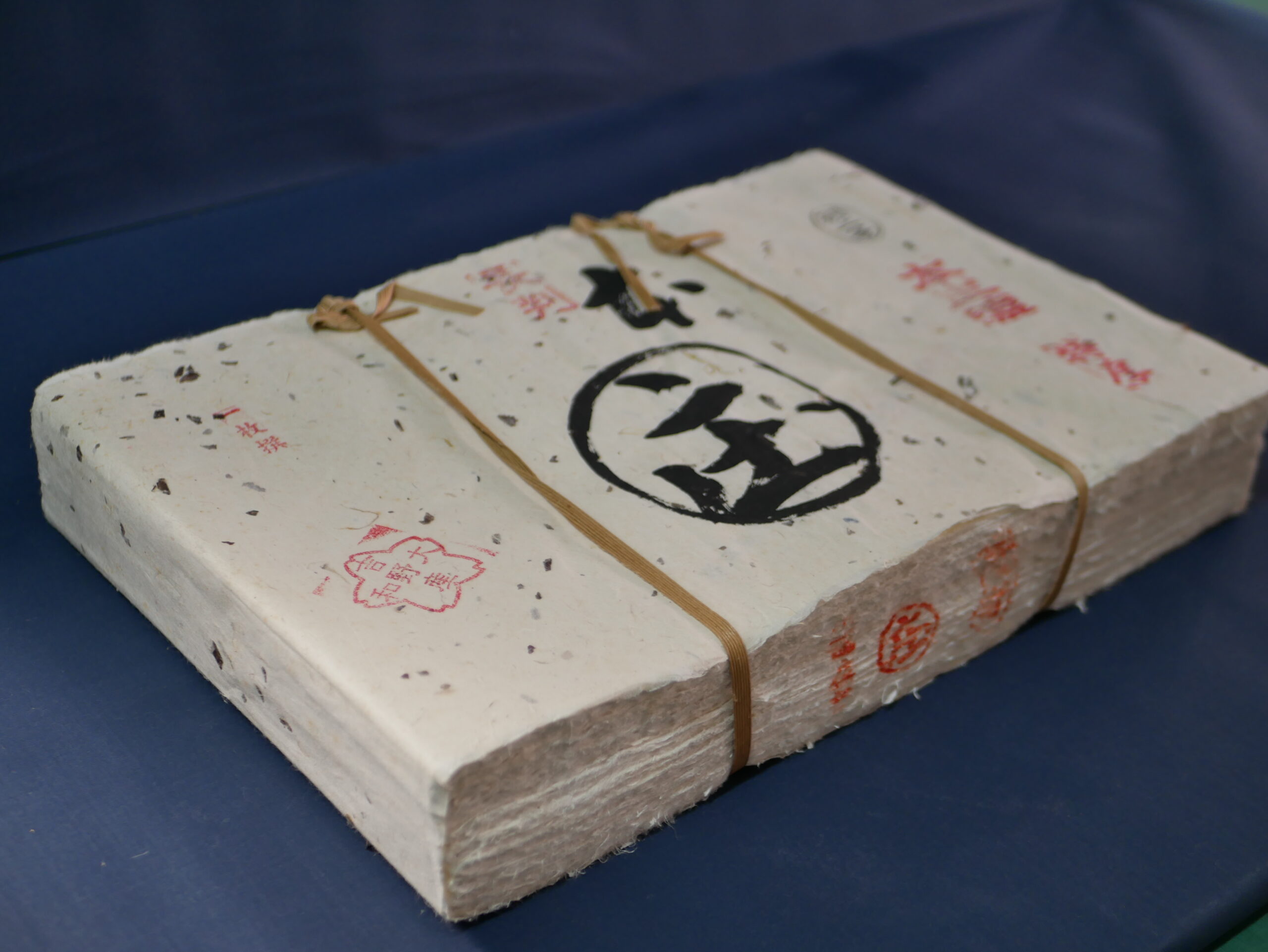We are a specialized trading company that manufactures and sells Japanese traditional paper “ Washi”, gold and silver foil stamping paper, and various related materials. In response to all needs from craftsmen in this industry, we propose a new “Japanese space / Japanese culture” with the catchphrase “tradition and creativity”. The Japanese paper we handle is produced nationwide including all famous place. In particular, Japanese paper relating a hanging scroll and Shoji paper have been well accepted for many years by craftsmen and fusuma interior stores nationwide. Gold and silver foil stamping paper is processed at the Yoshino factory and is used for folding screens, frame, temple interiors, wall coverings, and other decorations.
Komatsu Corp.
menuKomatsu Co., Ltd.
Proposing a new Japanese space / Japanese culture


Repeated ingenuity
Efforts to improve the quality of Japanese paper
It took a long time
Craftsmanship
Technology
Quality and trust
In the latter half of the Meiji era, our ancestor started to produce Yoshino Washi of Kozo in Kuzu/Yoshino Nara prefecture in 1904, and then in the early Showa era, he started selling handmade Japanese paper nationwide. A few years after the Pacific War, the number of paper-making houses has decreased dramatically due to the spread of machine made paper of pulp, but Yoshino Washi is still widely used due to its good quality and the uniqueness.
For many years, the paper craftsmen in each production area have made various efforts to improve the quality of Japanese paper, despite various difficulties such as process improvement, environmental friendliness, and so on. The same is true for gold and silver foil stamping, fabrics, and various relating materials of a hanging scroll. We have communicated the voices of our customers to the craftsmen, discussed them, supported them, and develop our industry together. We are proud that such accumulation leads to quality and reliability.


Inheriting Japanese traditional
culture to the future
Be creative
Inheritance and evolution of traditional Japanese industry
Evolution
Inheritance and evolution
Due to the changing times, the number of Japanese-style rooms “Washitsu” has decreased, and the market size of the Japanese traditional cultural industry, including Japanese paper, is gradually decreasing. As a result, we hear that craftsmen with high old-fashioned skills also have problems such as a shortage of successors. On the other hand, many traditional cultures in Japan are very unique and are highly evaluated for their high technical capabilities and functionality even from a global perspective. For example, in the case of Japanese paper “Washi”, the Louvre Museum in France and the British Museum in the United Kingdom used to restore world-class paintings. In order to inherit this wonderful traditional Japanese technology, we would like to creatively strive to create new markets and demands and evolve together.


Copyright © 2020

